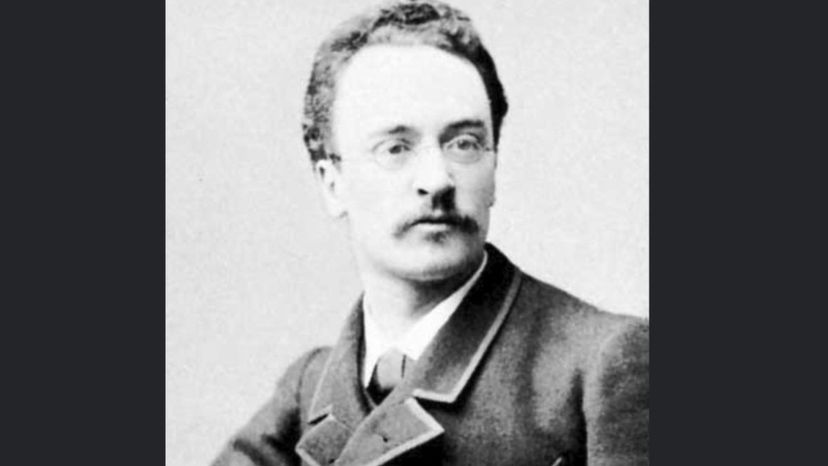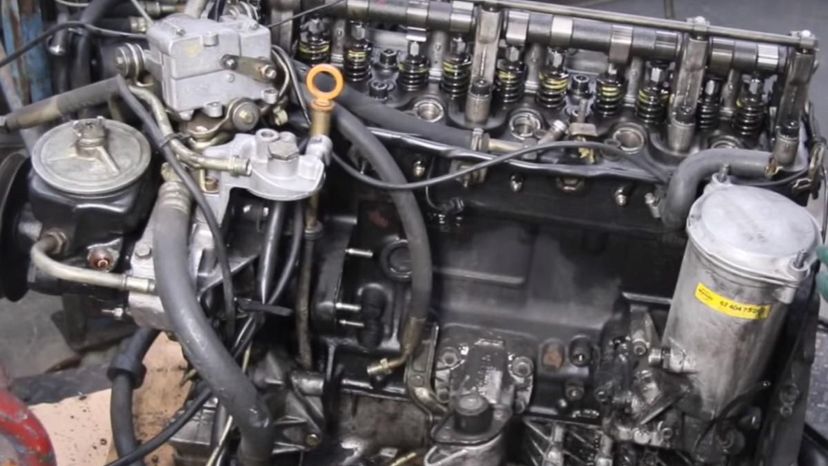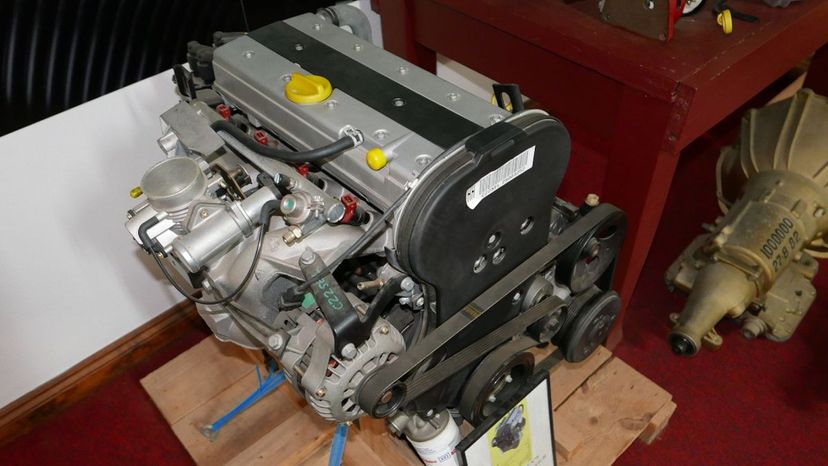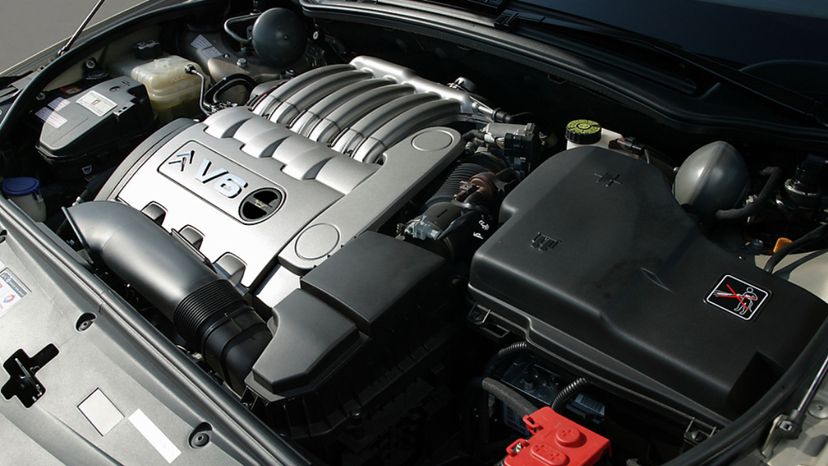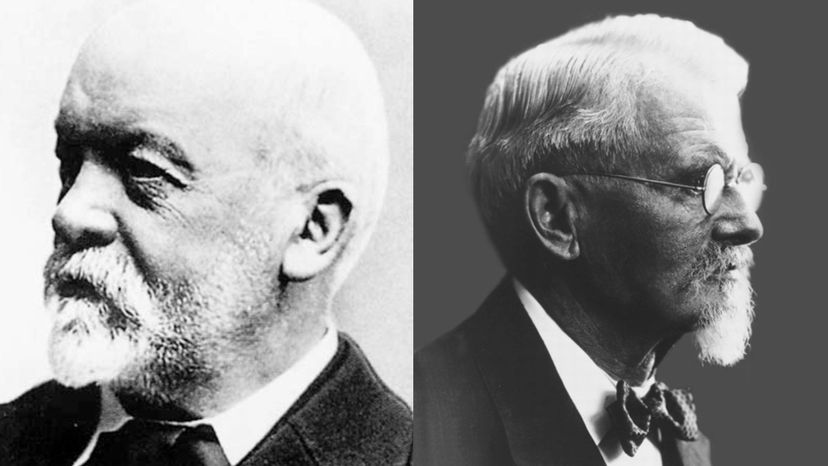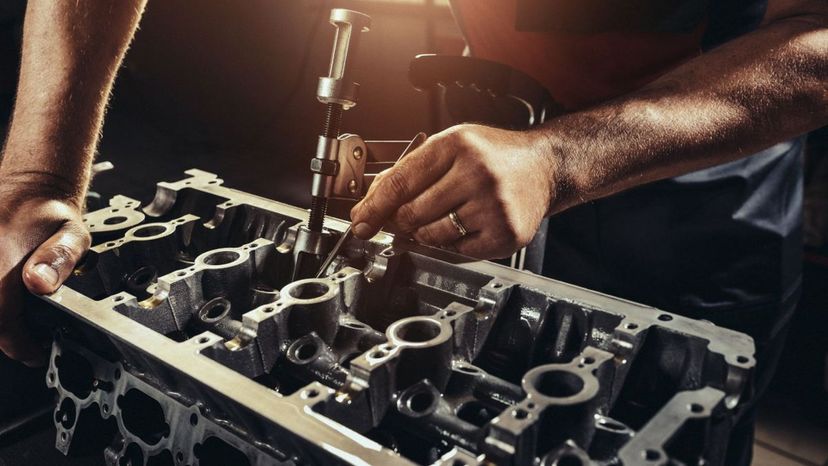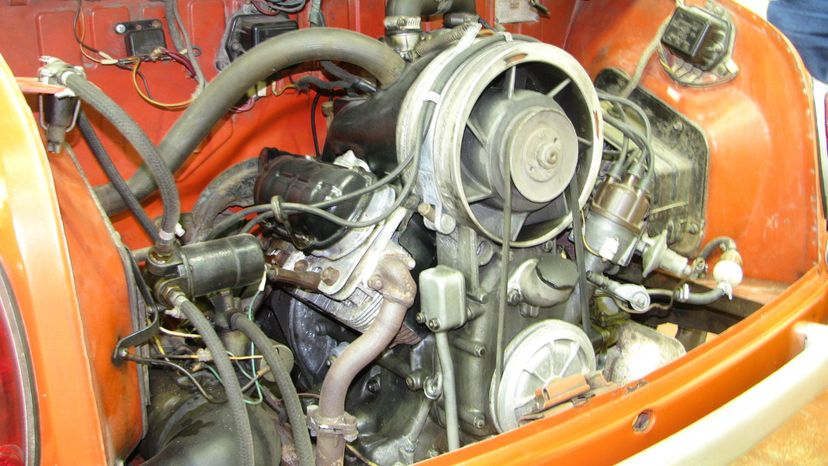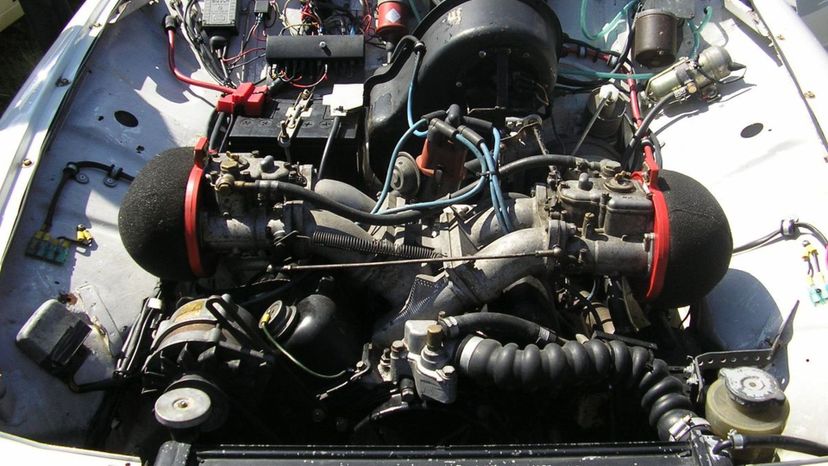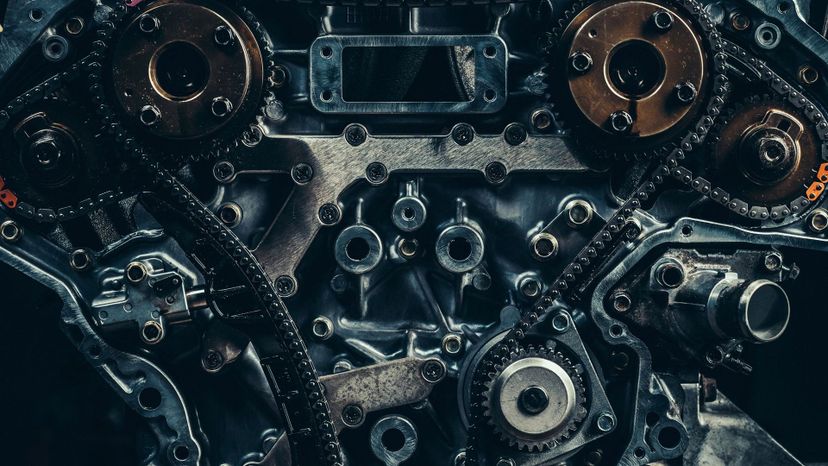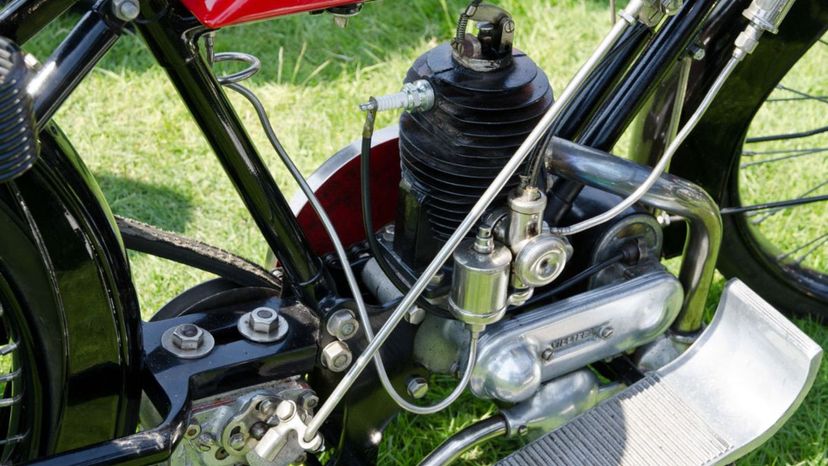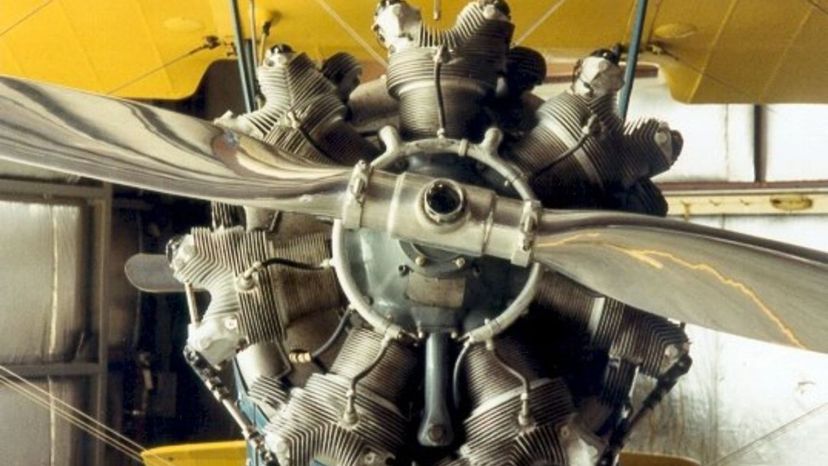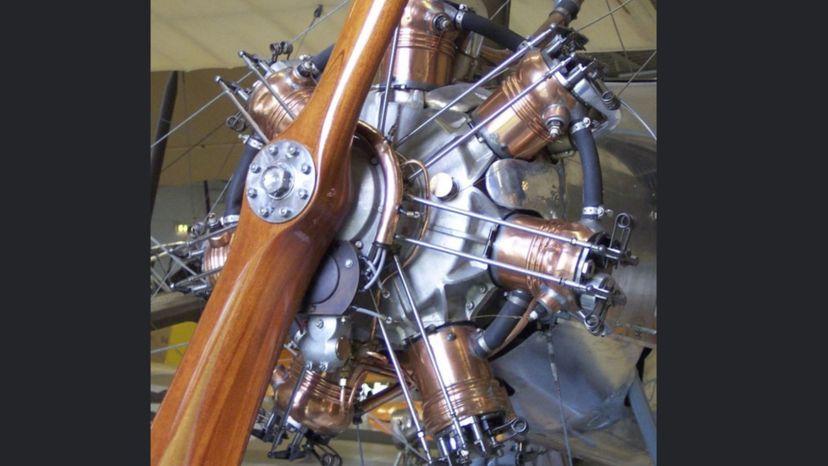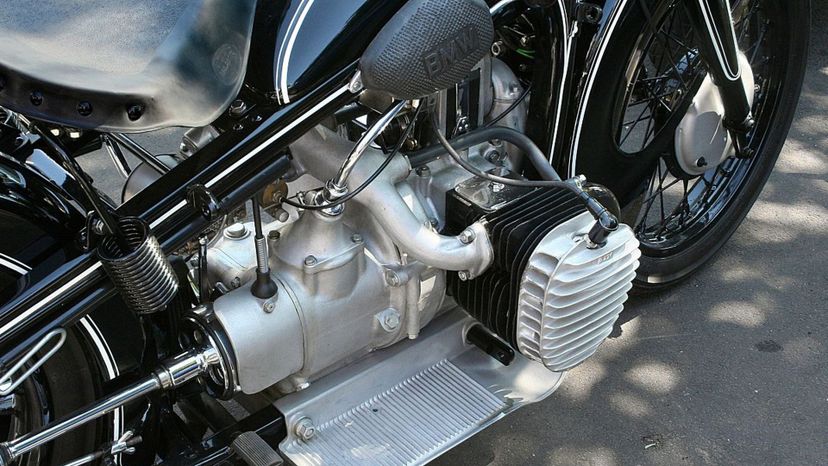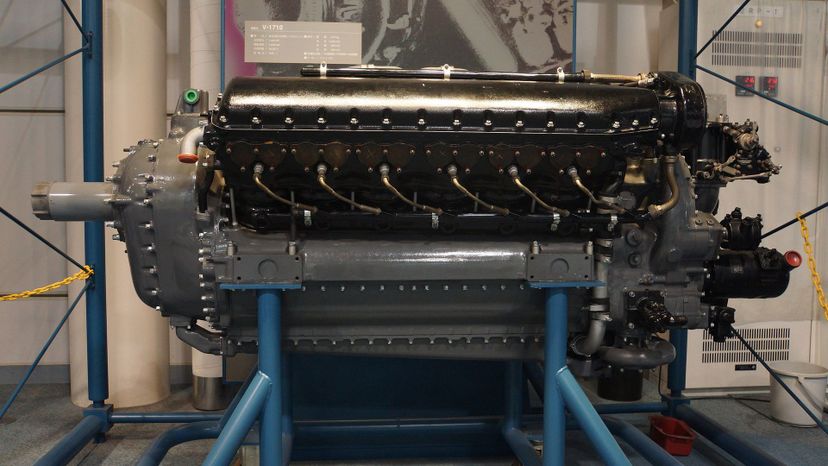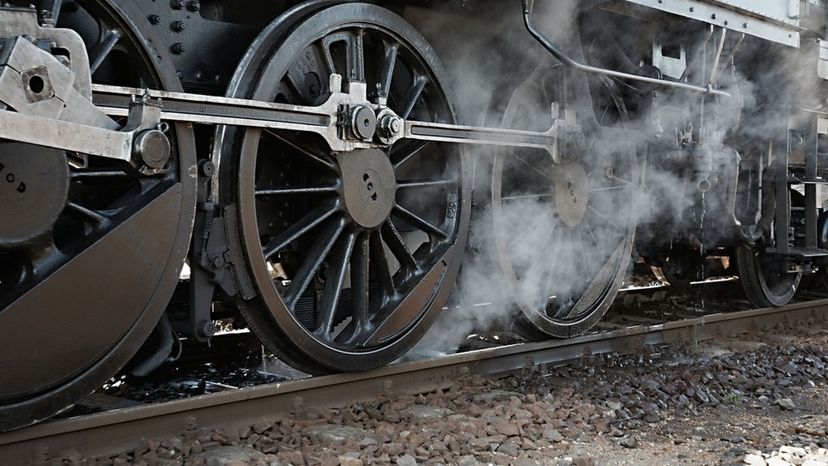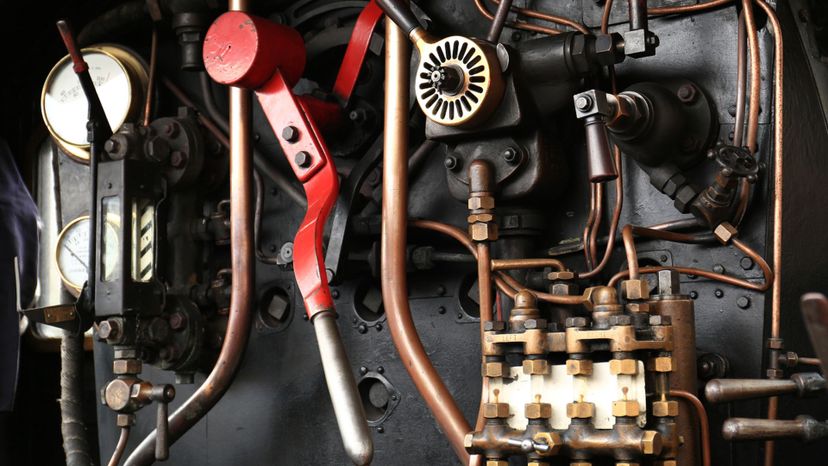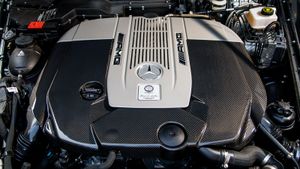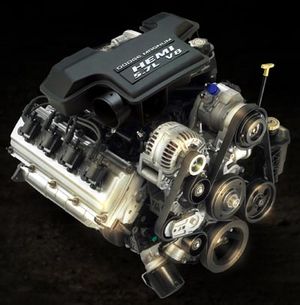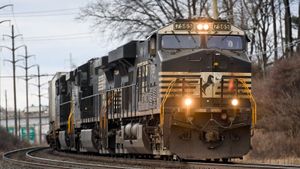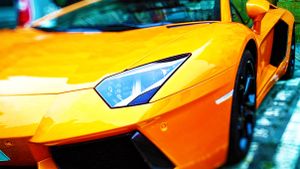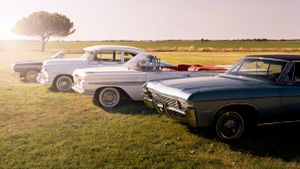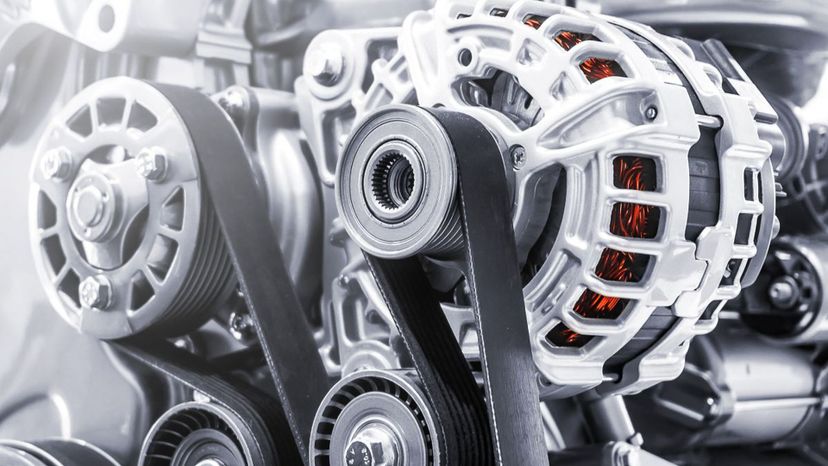
About This Quiz
Many types of aircraft, motorcycles, cars and boats use a variety of engines. Some of these engines are diesel, while past engines used hot steam. In this quiz, we'll take a look at 40 facts about engines.
The V-engine is one of the most popular engines on the market, and comes in various types like V4, V6, V8, V10 and even V12. But what do those numbers after the V mean? Let's take a look at the V12 for instance. There are 12 cylinders in a V12 engine, which are lined up in 2 rows of 6 cylinders. A V8 engine will have 8 cylinders, a V4 will have 4 cylinders, and so on.
Inline-four engines are also a popular choice for tractors, and were even used in past racing vehicles. While V engines are shaped like the letter "V," inline engines have their cylinders in a single file row, all next to each other. Diesel is another type of engine that is a popular choice for trucks. In fact, most medium-sized diesel engines can actually produce some major horsepower!
If you think you're an expert on all things engines, we encourage you to take this true or false: engine edition quiz now to test your knowledge!
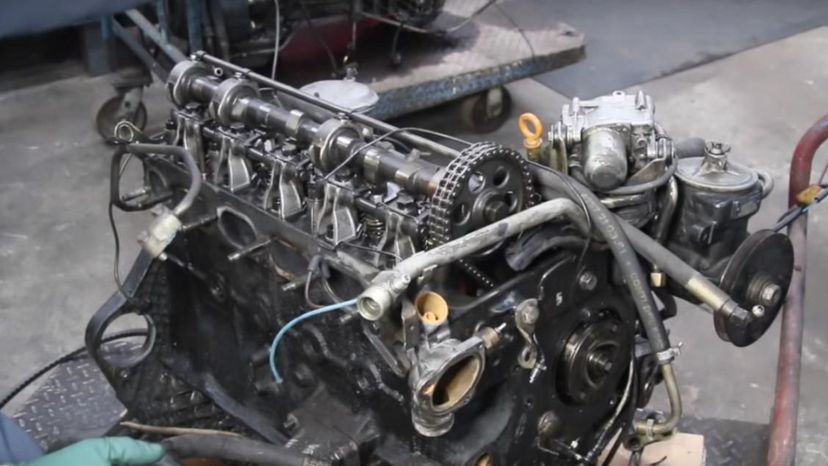
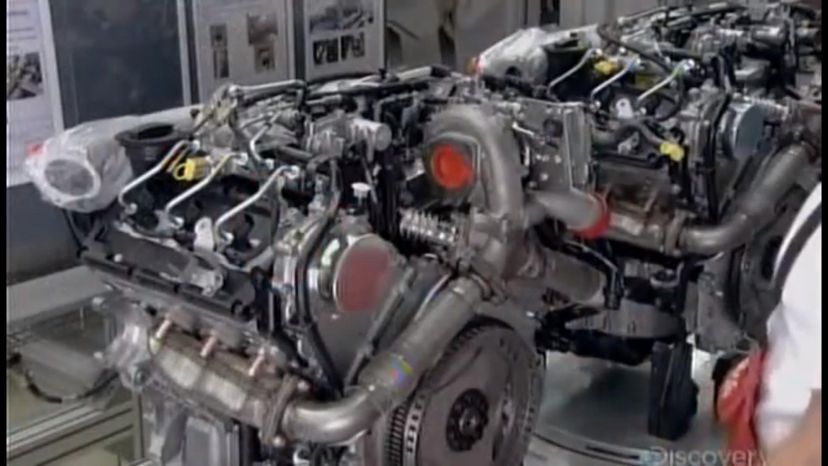
Advertisement
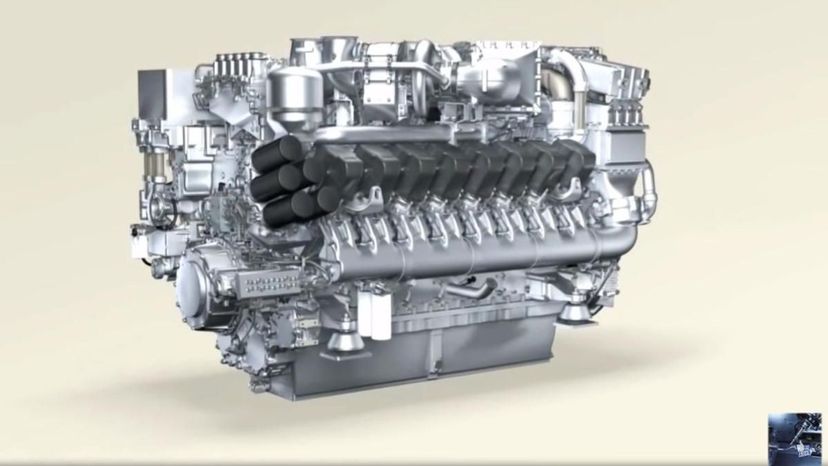
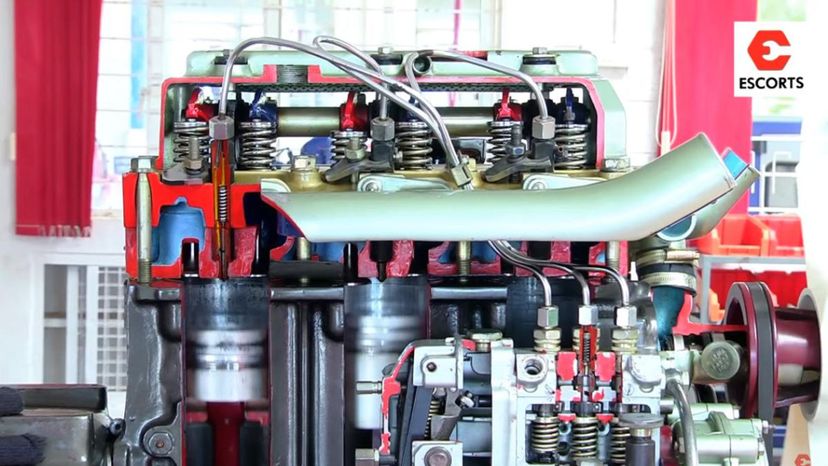
Advertisement
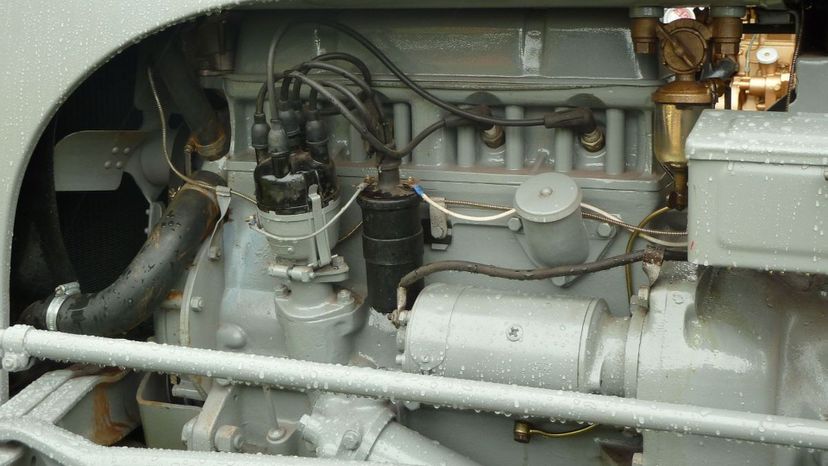
Advertisement
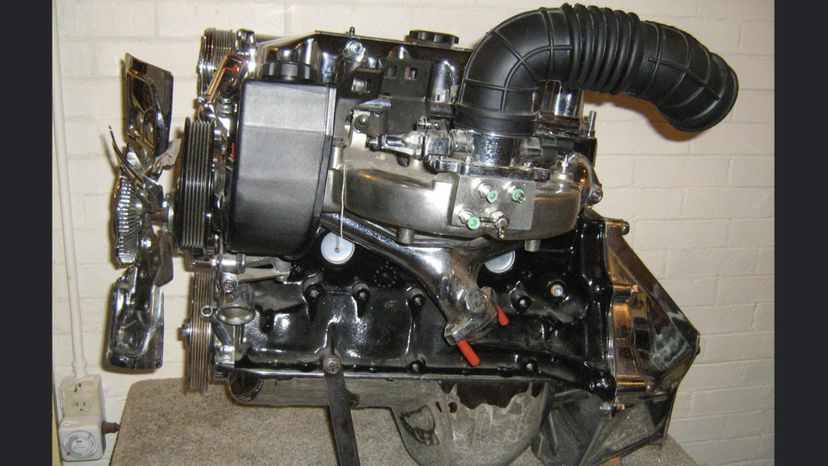
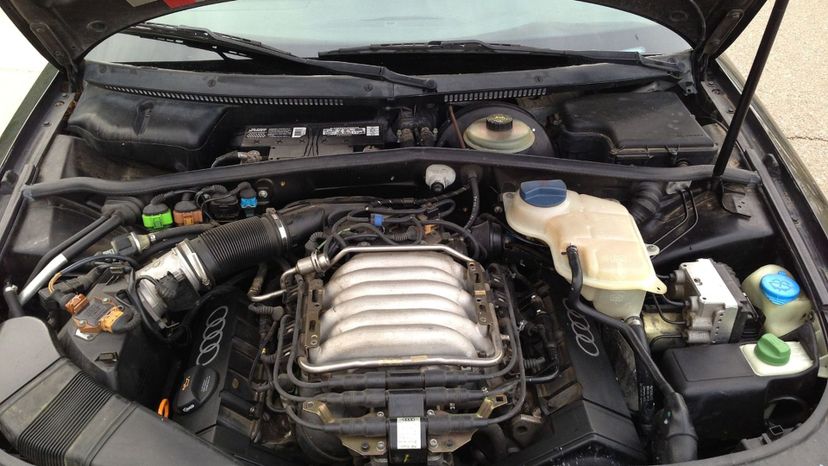
Advertisement
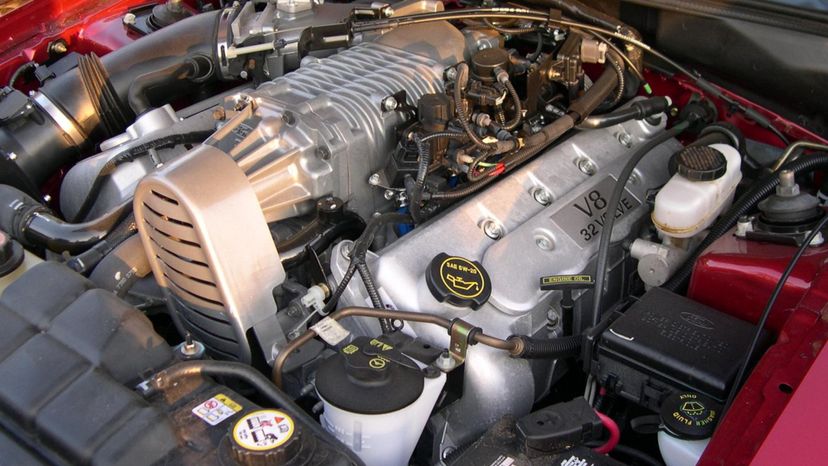

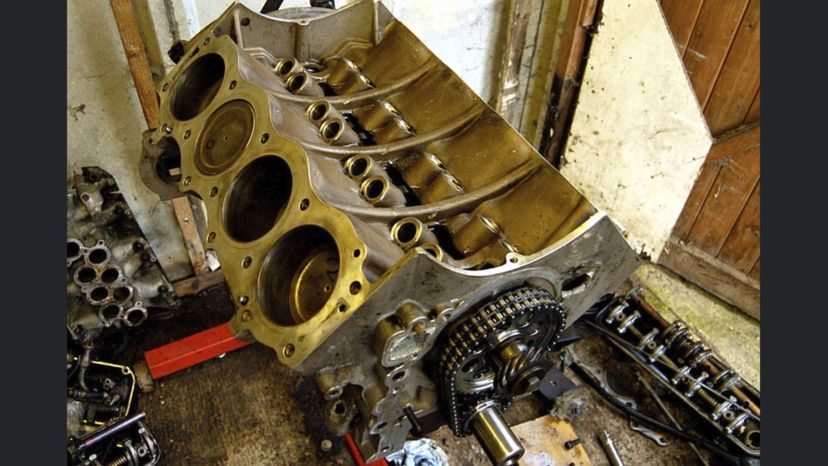
Advertisement
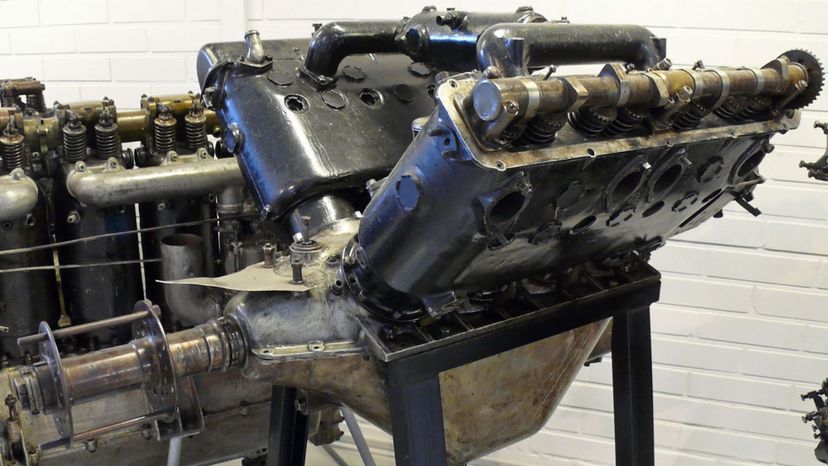
Advertisement
Advertisement
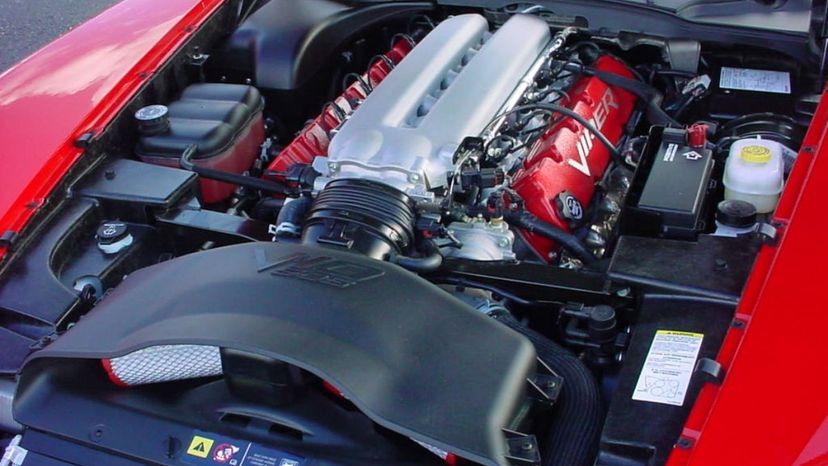
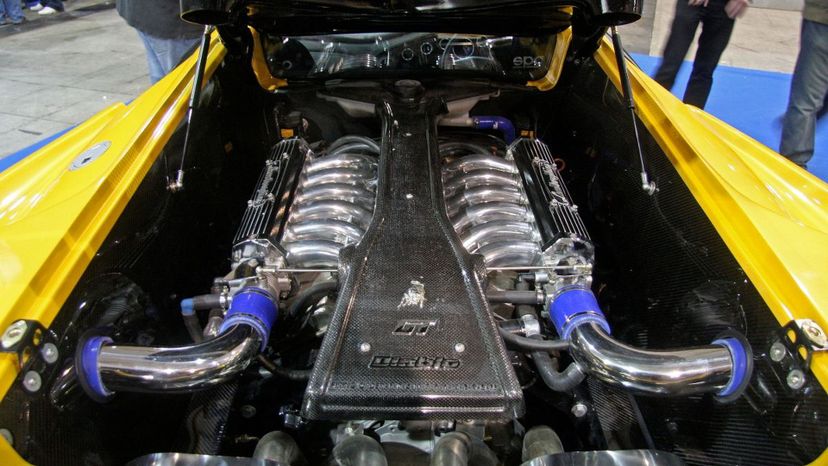
Advertisement
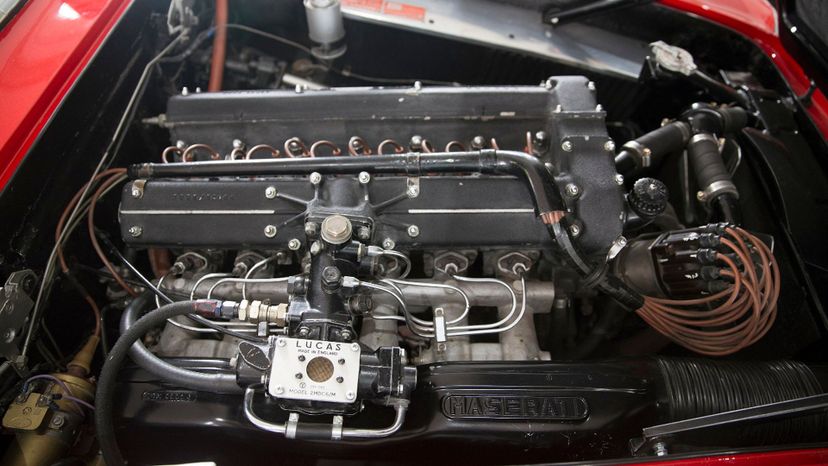
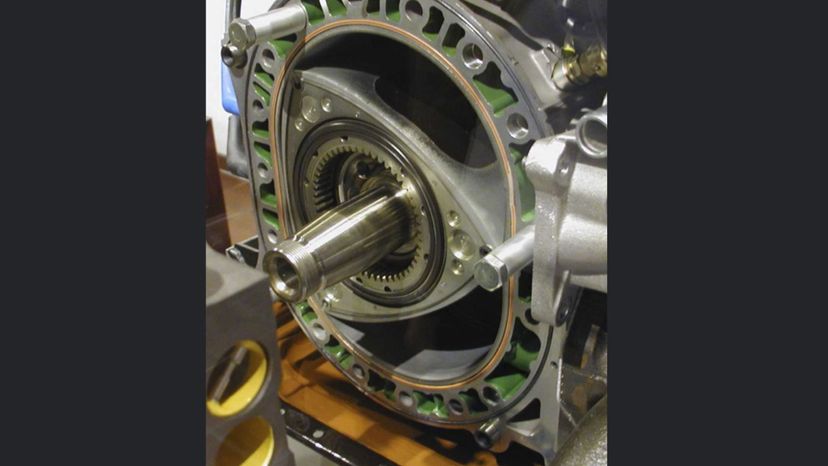
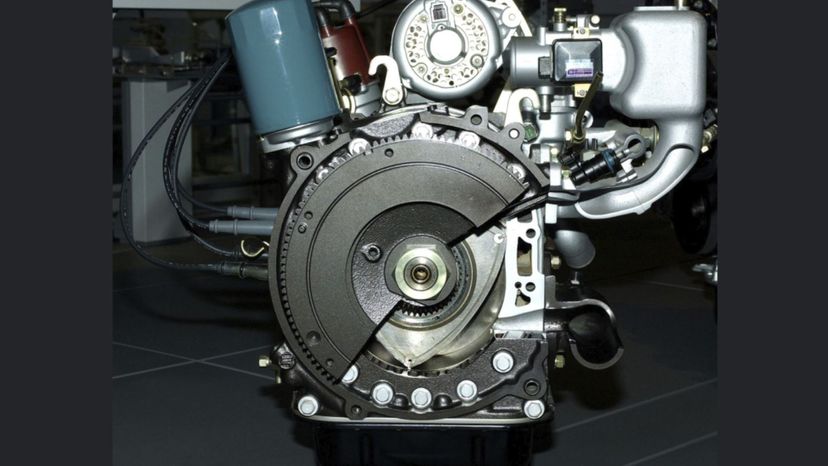
Advertisement
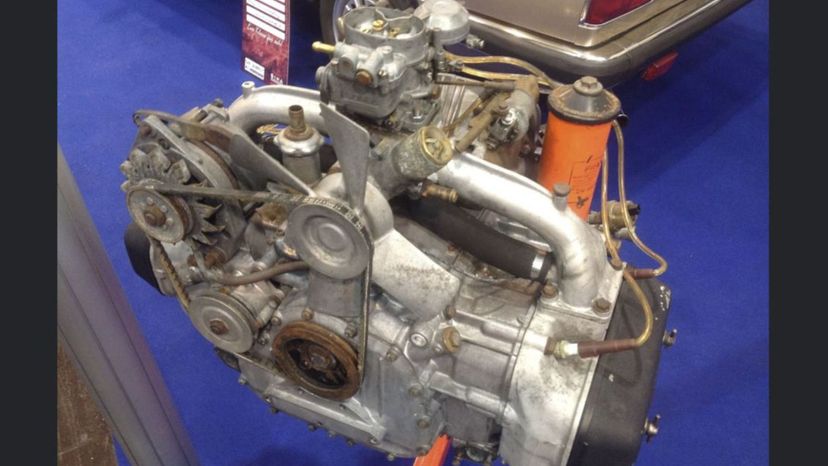
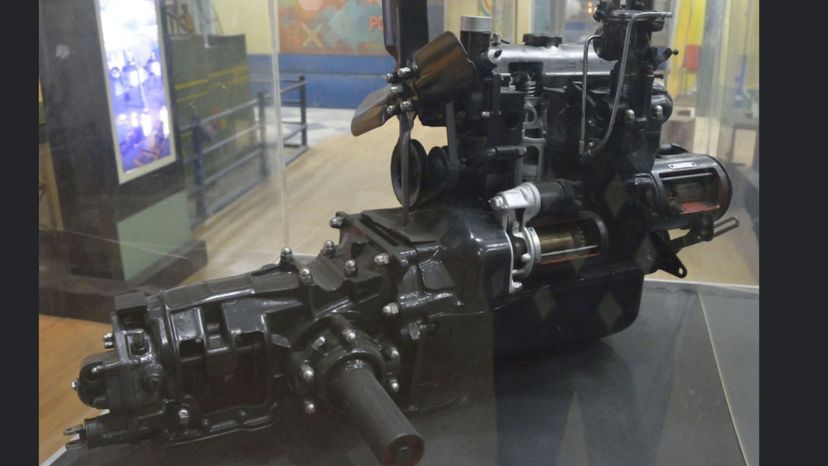
Advertisement
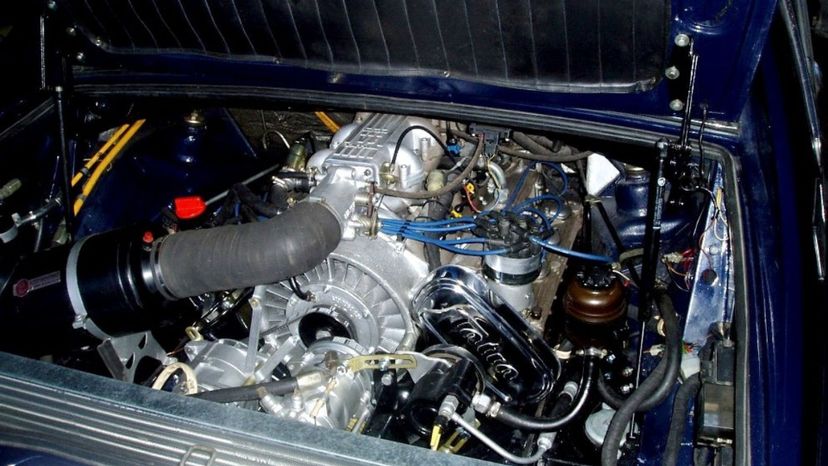
Advertisement
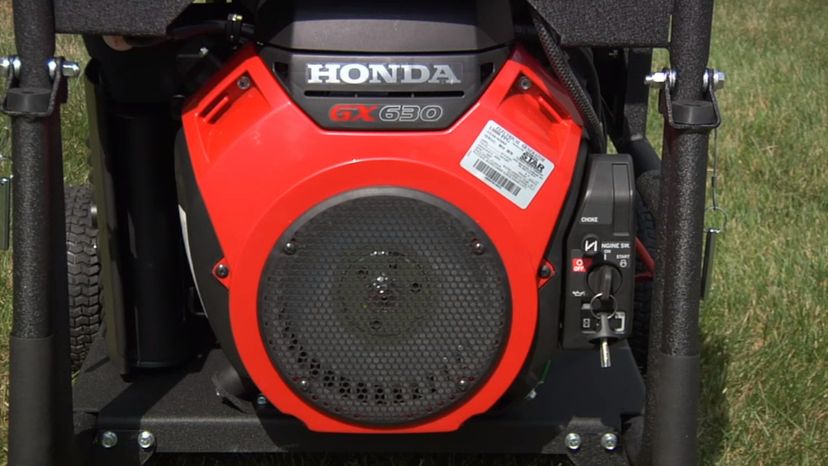
Advertisement
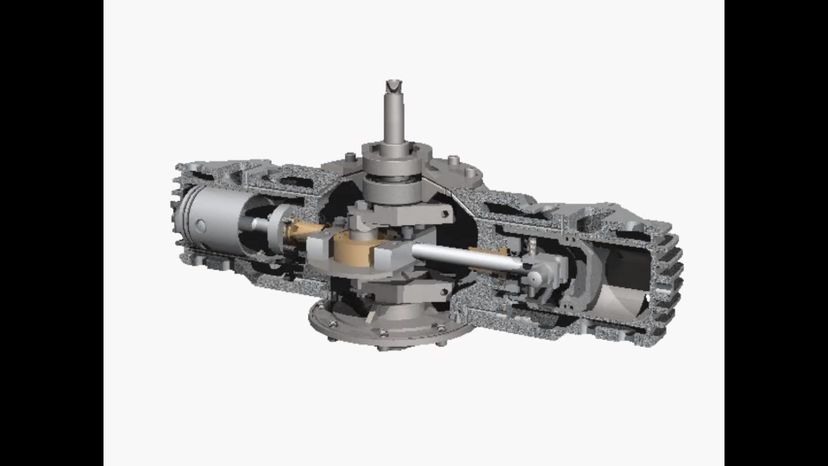
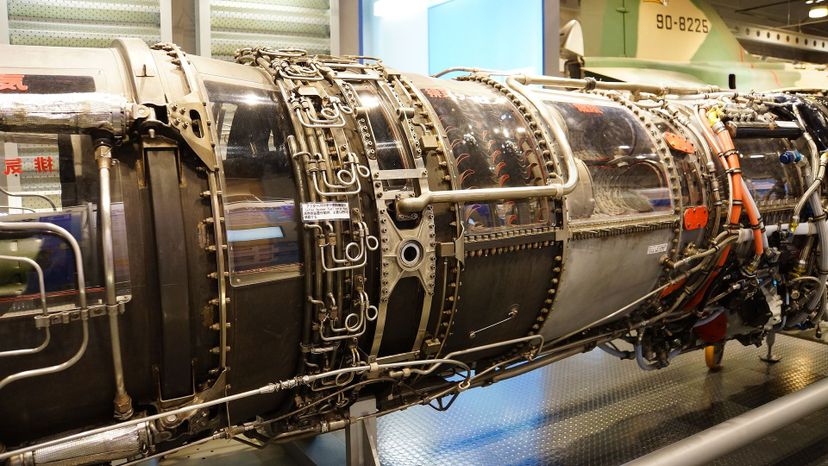
Advertisement
